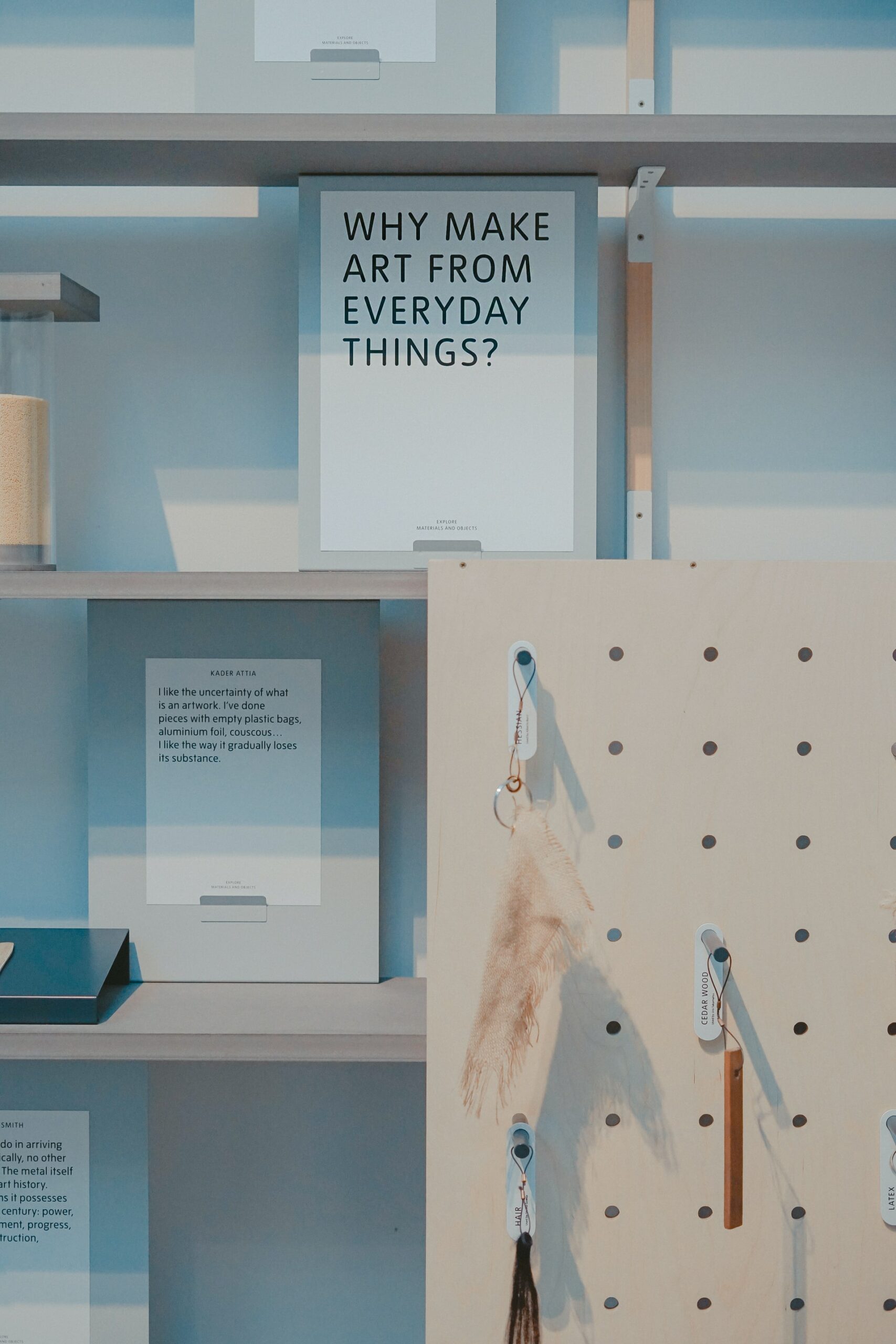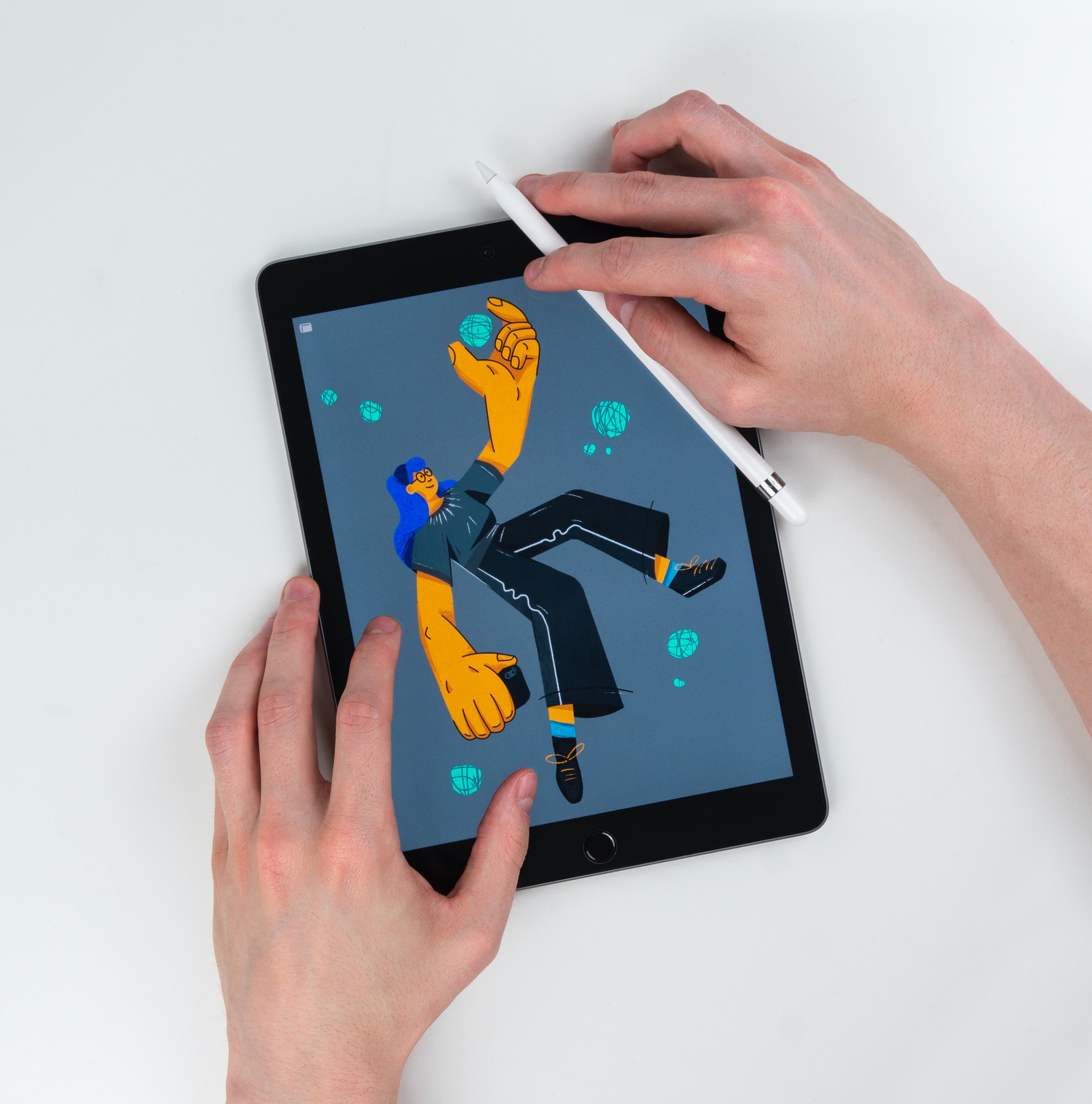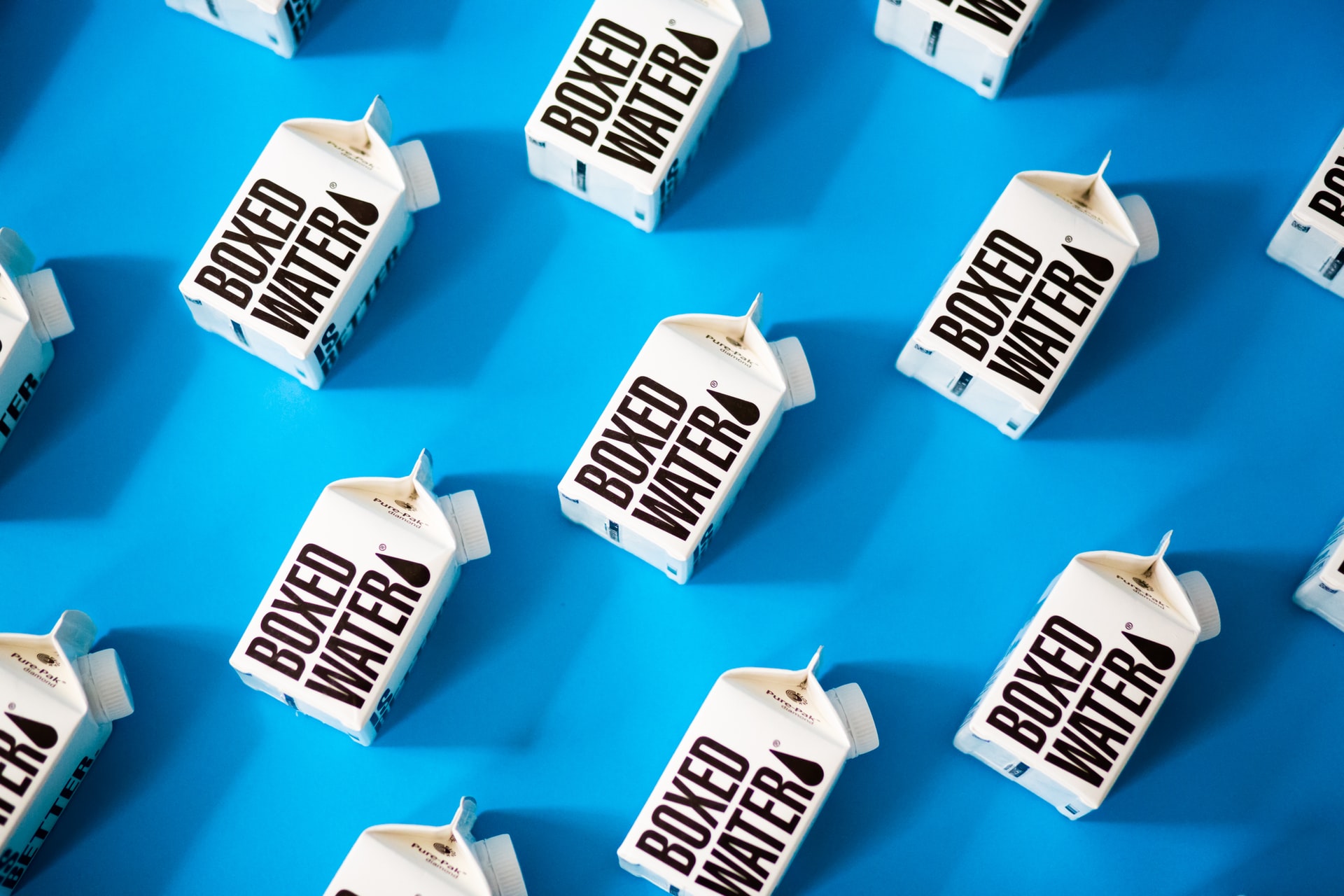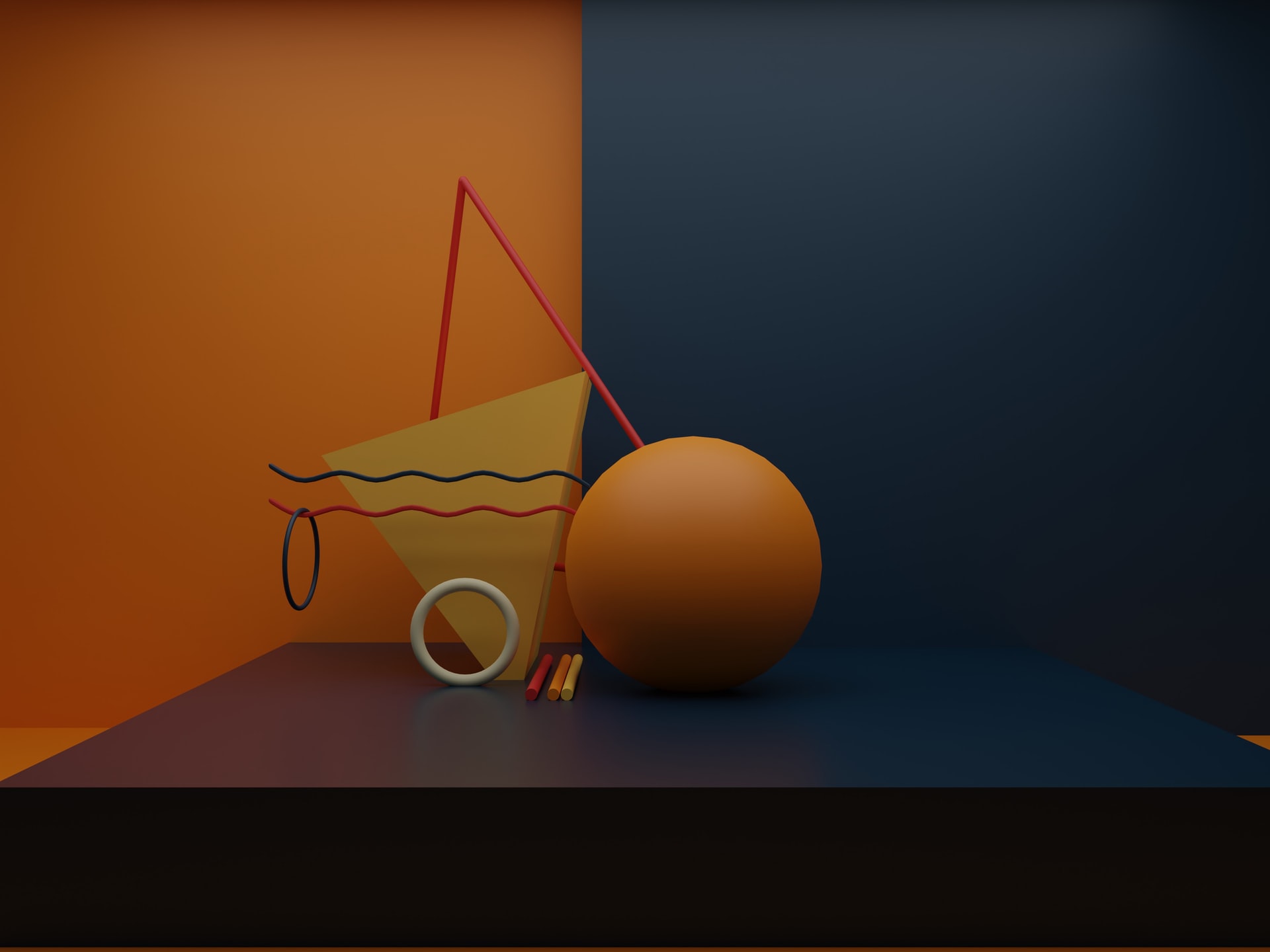
Graphic designers are in high demand these days, and it doesn’t seem like that’s going to change anytime soon. As all businesses move online, they need talented graphic designers to work on their branding and online positioning.
That’s why launching a graphic design business may be a profitable venture if you have the grit, commitment, and talent to make it work.
This article will outline the six steps to launching a successful graphic design business:
1. Create a name
The name is the first thing clients will notice when seeing your business, so you should create a memorable one. If you’re working as a freelancer, you may want to incorporate your actual name so you can build some recognition.
You can either go with your full name or something like “your name+Designs”. While you want your name to stand out, you should also try to keep it simple and easy to remember.
If you aren’t working solo and are launching a graphic design agency like ZillionDesigns.com, you will have to look for something different. If you can’t come up with a name, business name generators are always good for inspiration.
2. Create a portfolio website
After you have your name, it’s time to put it out there by creating your website. Setting up a website is easier than you think. You can make one with no prior web-design experience through services like WordPress. Domains are generally fairly cheap, and a worthy investment considering how much more professional you will look with a website.
The website name should be your full name or the business name you decided on in the previous step. You also need to think about the domain extension you pick, as this can impact how your portfolio site is perceived, as well as how searchable it is.
It’s best to keep the website simple and only include content like:
- Your bio
- Services
- Portfolio
- Pricing
The portfolio you put on your website should be samples of your best work so that potential clients can see you at your best. If you don’t have a portfolio yet, work on some personal projects that you can show to potential clients. You can also do some gigs for free until you build your portfolio up.
3. Determine your services and pricing
The other two pieces of information you need on your website are the services you offer and their pricing.
Graphic design is a rather broad term, and you probably don’t want to take on all types of projects. Determine your strengths and only offer services that you’re comfortable with. Offering niche services or specializing in specific services is the best way to stand out from the crowd.
When it comes to pricing, you can go in two directions:
- Charge hourly or
- Per project
Many beginners go for the first option as it’s easier to get started. However, there are some downsides to charging hourly. The main one is that your income will depend on the number of hours you work. At a certain point, you will reach a limit on how much you can earn. Clients may also nag you about how long a project should take.
The second option involves setting custom quotes for each project, so you and the client will know how much money is involved up-front. You won’t have to track your time, and you can charge what you’re worth. When creating quotes for projects, ask for detailed descriptions to know exactly how much work is involved.
4. Develop a business strategy
Now that your graphic design business is set up, you need to think of your strategy. Some of the questions you need to answer in this phase are:
- How are you going to get clients?
- Do you want to work on individual projects or for one or two important clients?
- Will you work alone or hire contractors?
- Where do you see your business in 1, 5, or 10 years?
The answers to these questions should give you a clear picture of where you expect your business to go. This stage of the process is about setting clear goals and mapping out ways to achieve them.
One of the things you can think about is how much you want to earn in a given timeline. This will help you determine which projects to take or pass on and how many you need to work on to reach your goal. You can use a timeline maker or a timeline template to showcase the evolution of your projects and highlight milestones.
5. Find your first clients
After creating your graphic design business and deciding on a strategy, it’s time to look for your first clients. Finding clients can be challenging initially, so it’s important not to get discouraged until you get your first few projects under your belt.
To find clients, use the information you’ve figured out in the previous steps. By now, you should know whether your ideal clients are small, medium, or large businesses. You should also know what industries they’re in. Having this information makes it easier to know where to look for them.
If you’re targeting small or medium-sized clients, freelancing sites like Upwork or Fiverr are the easiest way to get started. Beware that these sites will take a small fee for each job you do, so you should look to move away from them once you start growing.
For larger clients, you can look for postings on job portals. In today’s digital age, LinkedIn has become an essential tool for sales professionals. Utilizing LinkedIn for sales allows you to connect with potential clients and establish meaningful relationships with them. Remember to include your website when communicating with clients or applying for jobs, so they can easily see your portfolio, services, and pricing.
6. Deliver great work
The first few clients are the hardest to get, and they’re also the most important. At the start, you should look to overperform both in your work and communication with clients. This will help you get some much-needed testimonials under your belt, which will be crucial in getting even more work. Referrals are very powerful.
Make working for you as easy as possible. Check out this must-have design tool to help you with your creatives. Communicate clearly and deliver on your deadlines. If you can’t meet a deadline, let your client know instead of submitting the work days later with no explanation.
If you impress your clients, they’ll be more likely to become repeat customers. You can also use their testimonials to promote yourself on social media or on your website.
7. Work on good communication with your clients
One of the attributes clients appreciate most is good communication.
Communication is a skill that doesn’t come naturally to everyone, but it can be learned through experience. To be a good communicator, you also have to love what you’re doing and appreciate the clients that make it possible.
Your clients are the sole reason you’re in business. Try your best to be clear, easy to talk to and to the point in your communication.
Sure, you can’t escape “customers from hell” every once in a while, but most people are kind and just want their work delivered as promised and on time.
8. Collect payments
Asking for money can be awkward, especially when you’re just starting out and haven’t established a proper payment system yet. But you have to treat your graphic design work as a business from the beginning if you want to make it work. We already talked about setting firm prices, but perhaps even more important is to know how to collect payments quickly and efficiently.
If you have a complicated payment process, clients will get tired. Thankfully, there are several online payment tools that will make payment collection easy. Not only that, but some of them will even let you manage your projects and send invoices, all within the same ecosystem.
Another great feature of using a tool is the ability to create professional invoices quickly. That’s a great alternative to writing up your own invoice template on Google Docs.
As your business progresses, you can look into ways to create an in-house payment system by collecting your clients’ credit card information.
9. Ask for referrals
Asking for referrals can be uncomfortable. But ask any seasoned business owner what the quickest way to grow is, and they’ll tell you it’s referrals. Referrals are also called word of mouth. It’s when customers are so satisfied with a product or service that they talk about it with people in their circle.
Although the term “word of mouth” points to in-person communication, it also covers conversations people have online.
This step ties back to step seven, as they go hand in hand. Delivering great work equals happy customers and growth through word of mouth.
The least-awkward way to ask for referrals is to incorporate a subtle referral request in your work process. For example, when thanking a customer for doing business with you after a project ends, you can say something like, “Please refer a friend who might need graphic design work.”
If you’re finding work through a freelancing website, instead of a referral, ask for the client to leave a good review on your profile.
Conclusion
Starting a new business venture is always an exciting step. With hard work and skill, you can take your graphic design skills from a hobby to a full-time job. Remember to value your clients and deliver the best work you can, and you’ll start to see positive results sooner rather than later.












